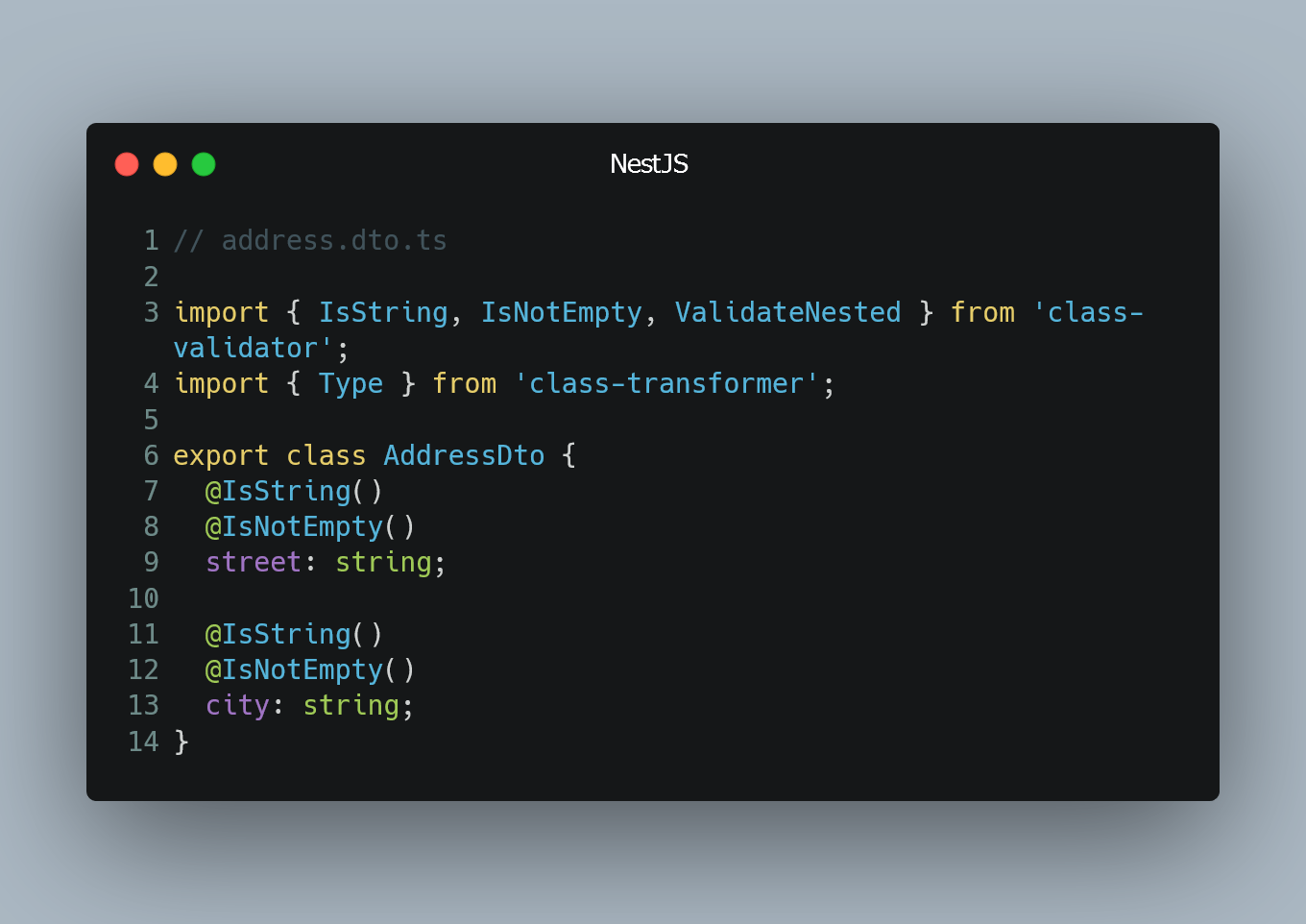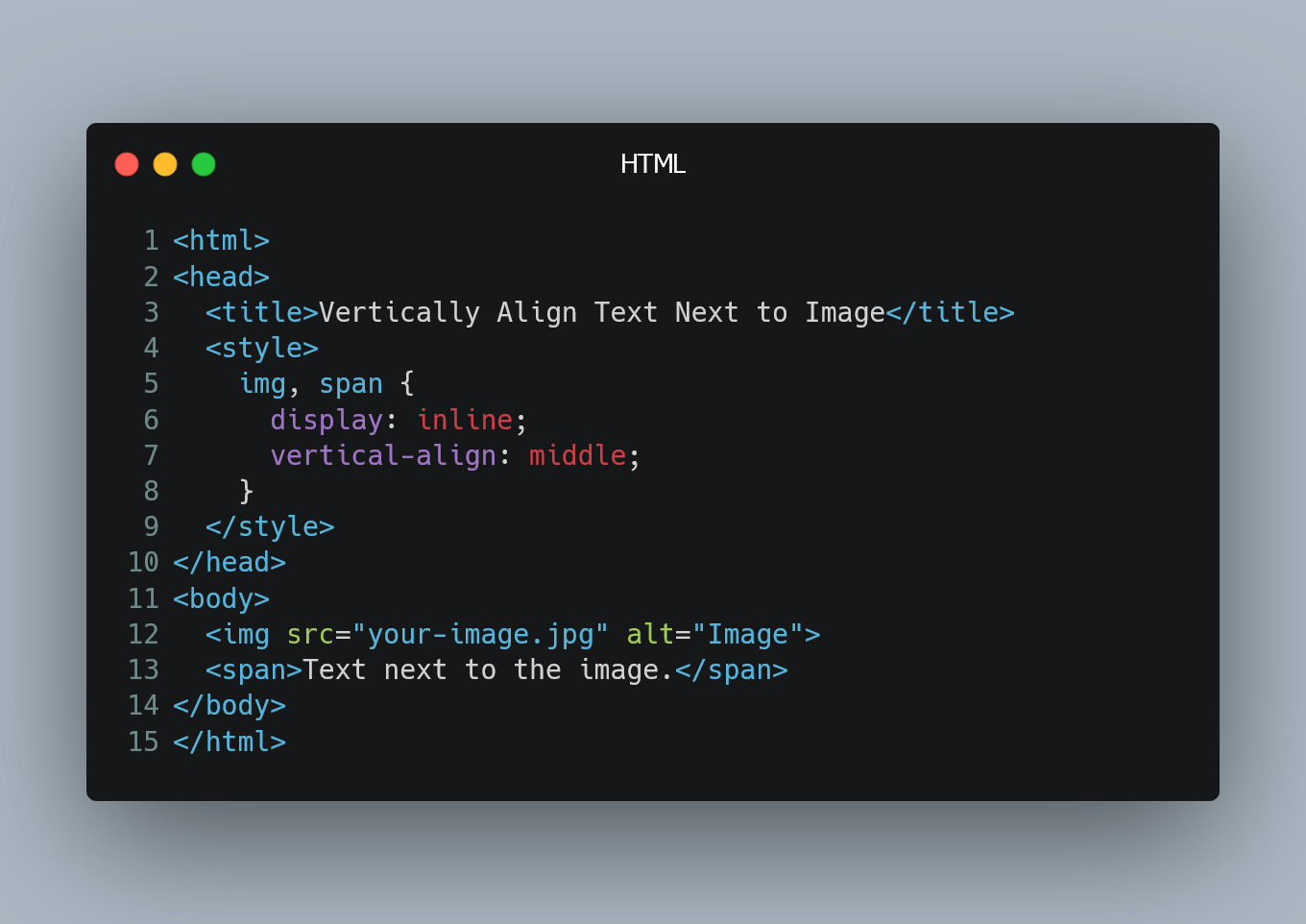Setting the Default Node Version using NVM
NVM (Node Version Manager) is a popular tool that allows you to manage multiple Node.js versions on your system. By default, when you install NVM, it...
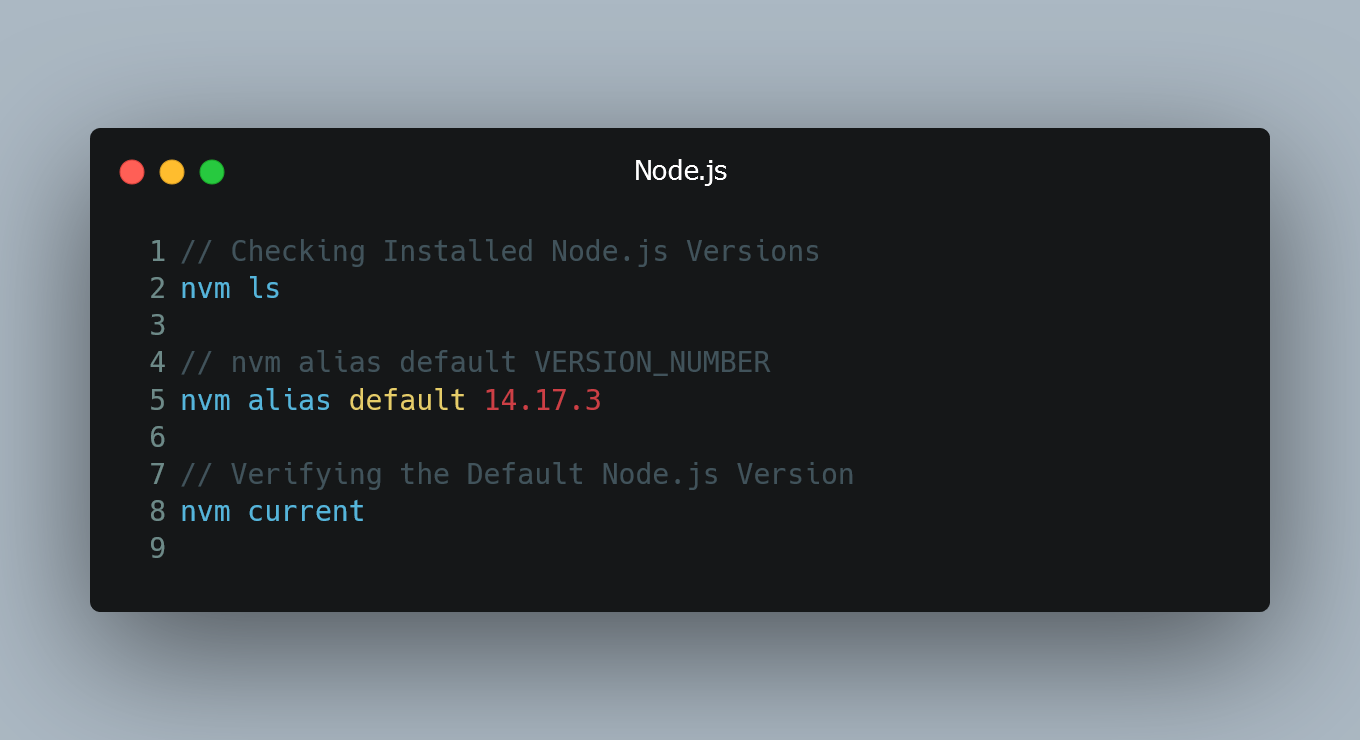
Recursively Grep All Directories and Subdirectories
To search for a specific pattern in all directories and their subdirectories in Linux, you can use the grep command with the -r option.
Using the grep...
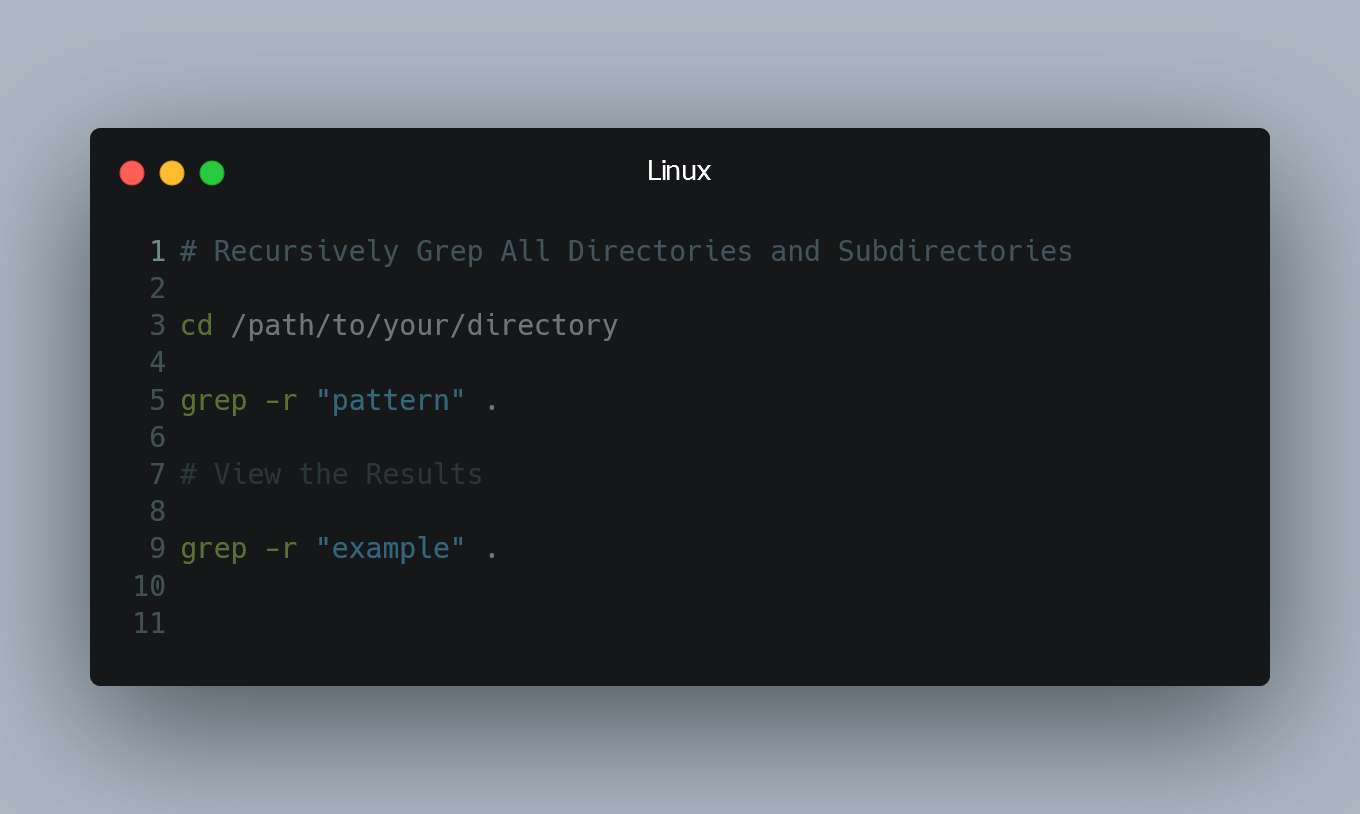
Making a Div 100% Height of the Browser Window
This div will take up 100% height of the browser window.
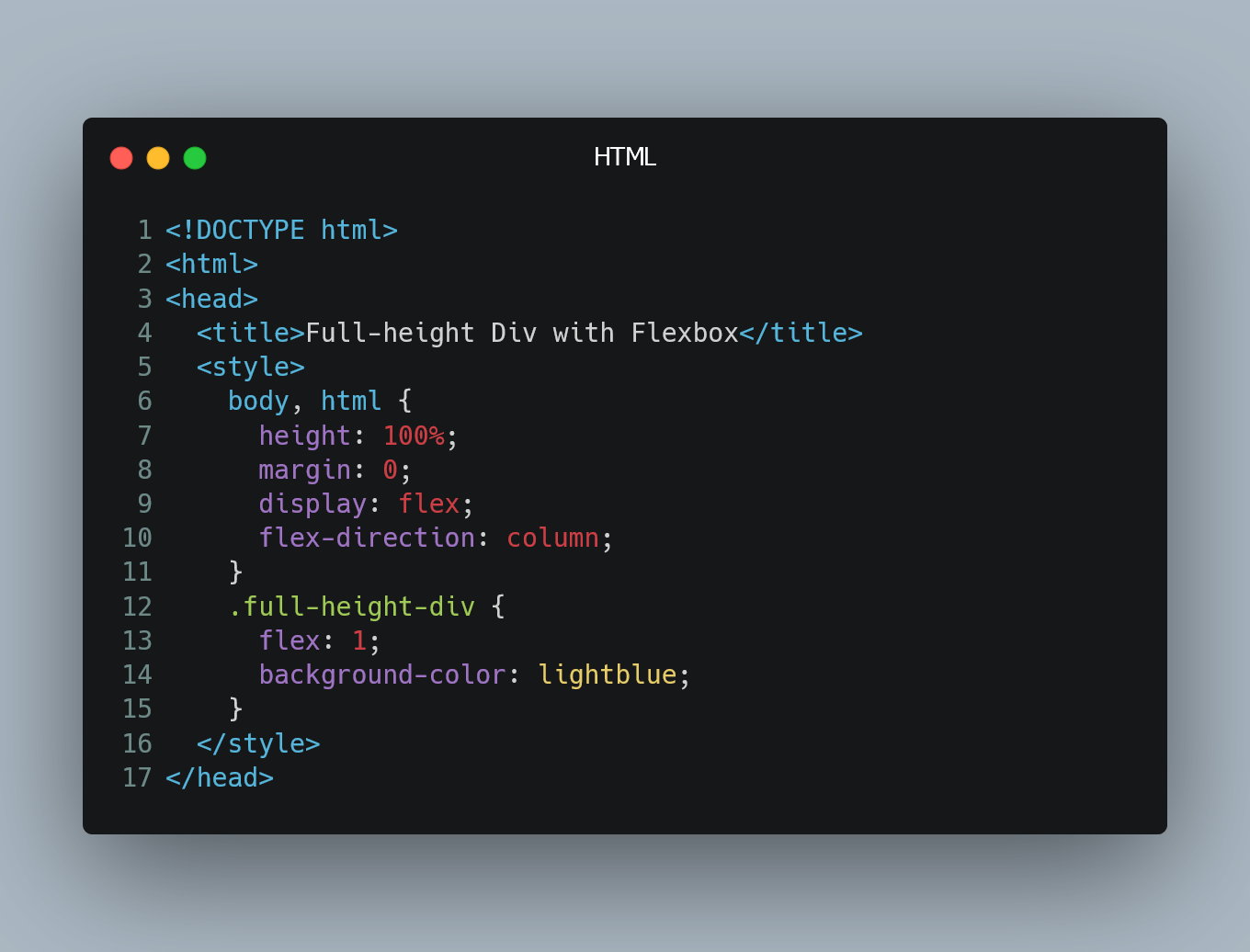
Installing a Specific Version of a Ruby Gem
When working with Ruby gems, you might need to install a particular version of a gem to ensure compatibility with your project. Fortunately, Ruby's pa...
Renaming a MySQL Database (Changing Schema Name)
If you need to rename a MySQL database, also known as changing the schema name, you can do so using a series of SQL commands.
Prerequisites
Before pro...
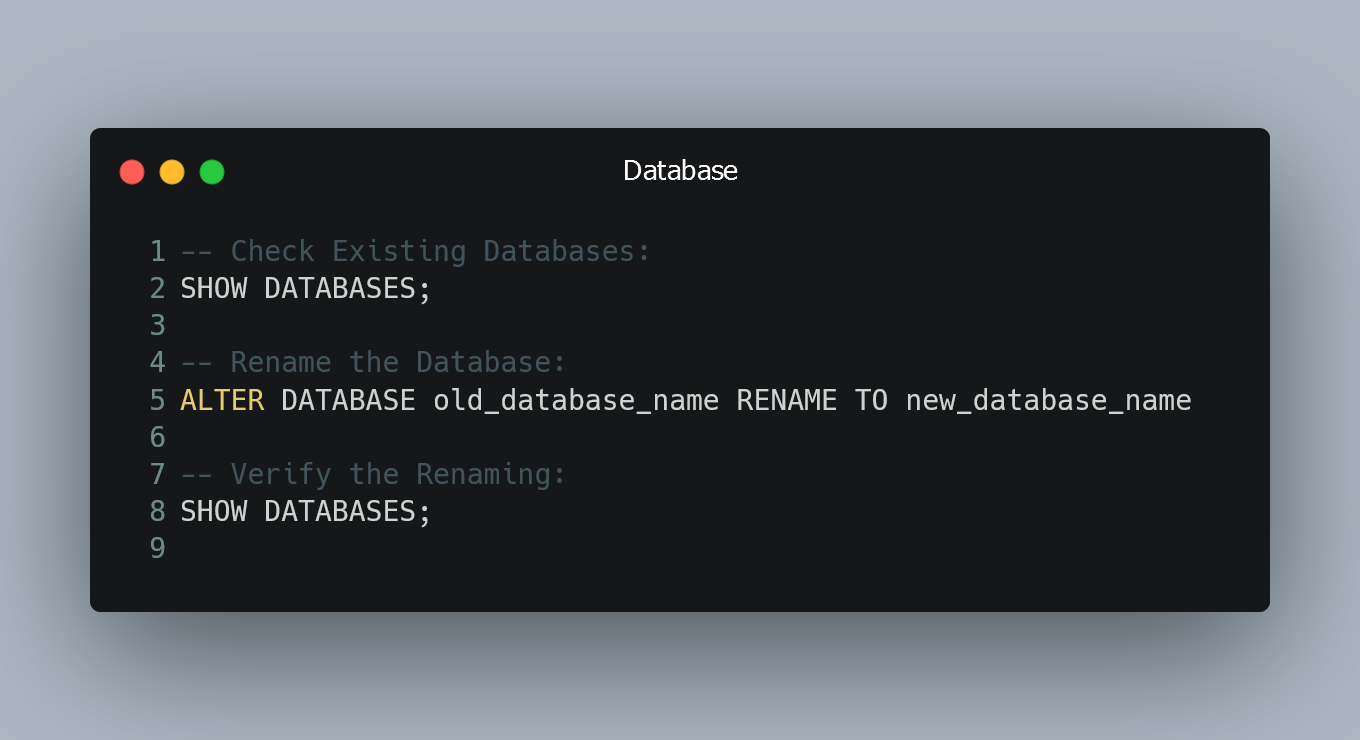
Encrypting HTTPS Headers
HTTPS (Hypertext Transfer Protocol Secure) is a secure version of HTTP that encrypts data to protect it from eavesdropping and tampering.
Understandin...
Converting a String to Enum
In TypeScript, you can convert a string to an enum value by using the enum and valueOf() method. Enumerations, or enums, provide a way to define a set...
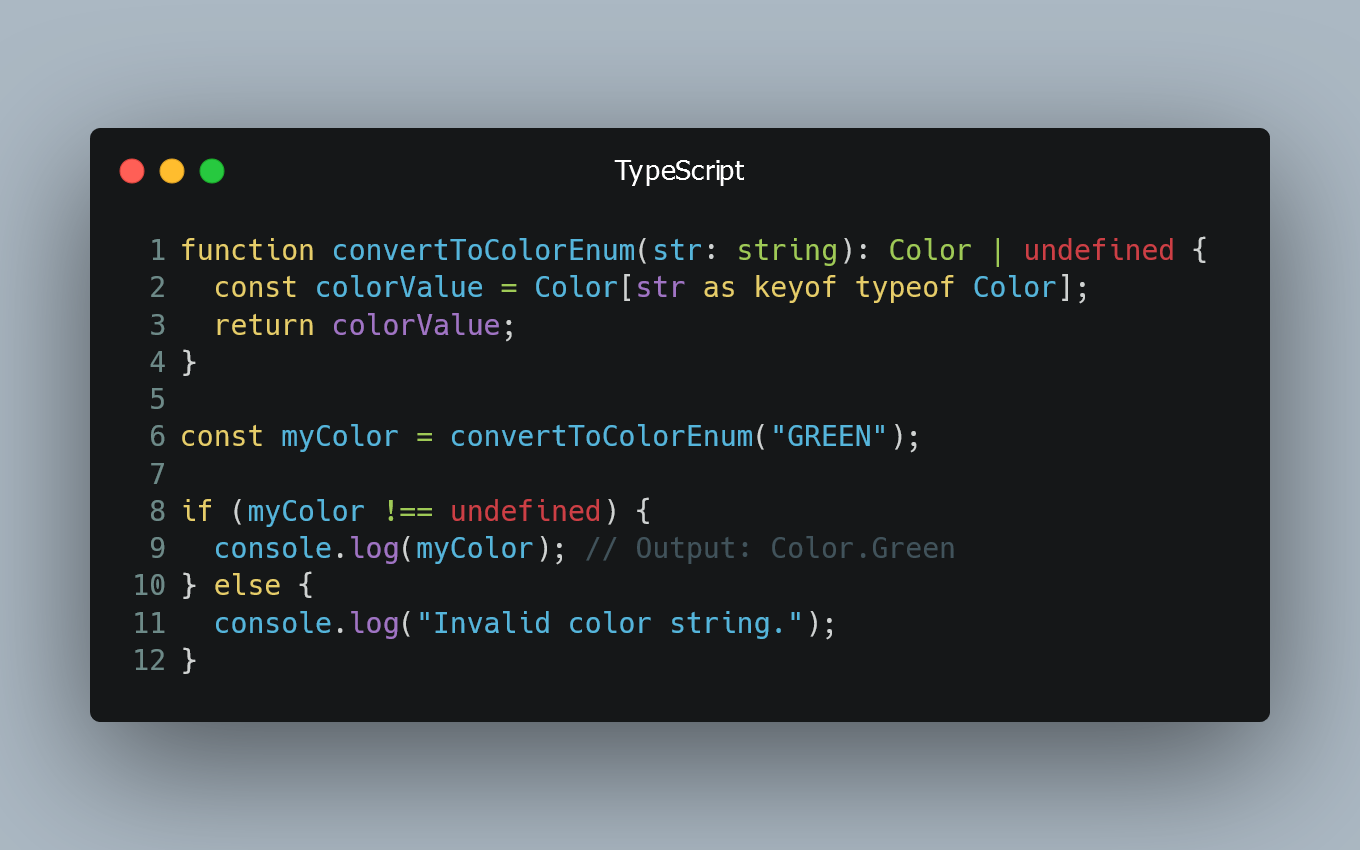
Show/Hide Password in EditText in Android
This feature allows users to toggle between displaying the password in plain text and hiding it behind asterisks or dots.
Create an EditText in your...
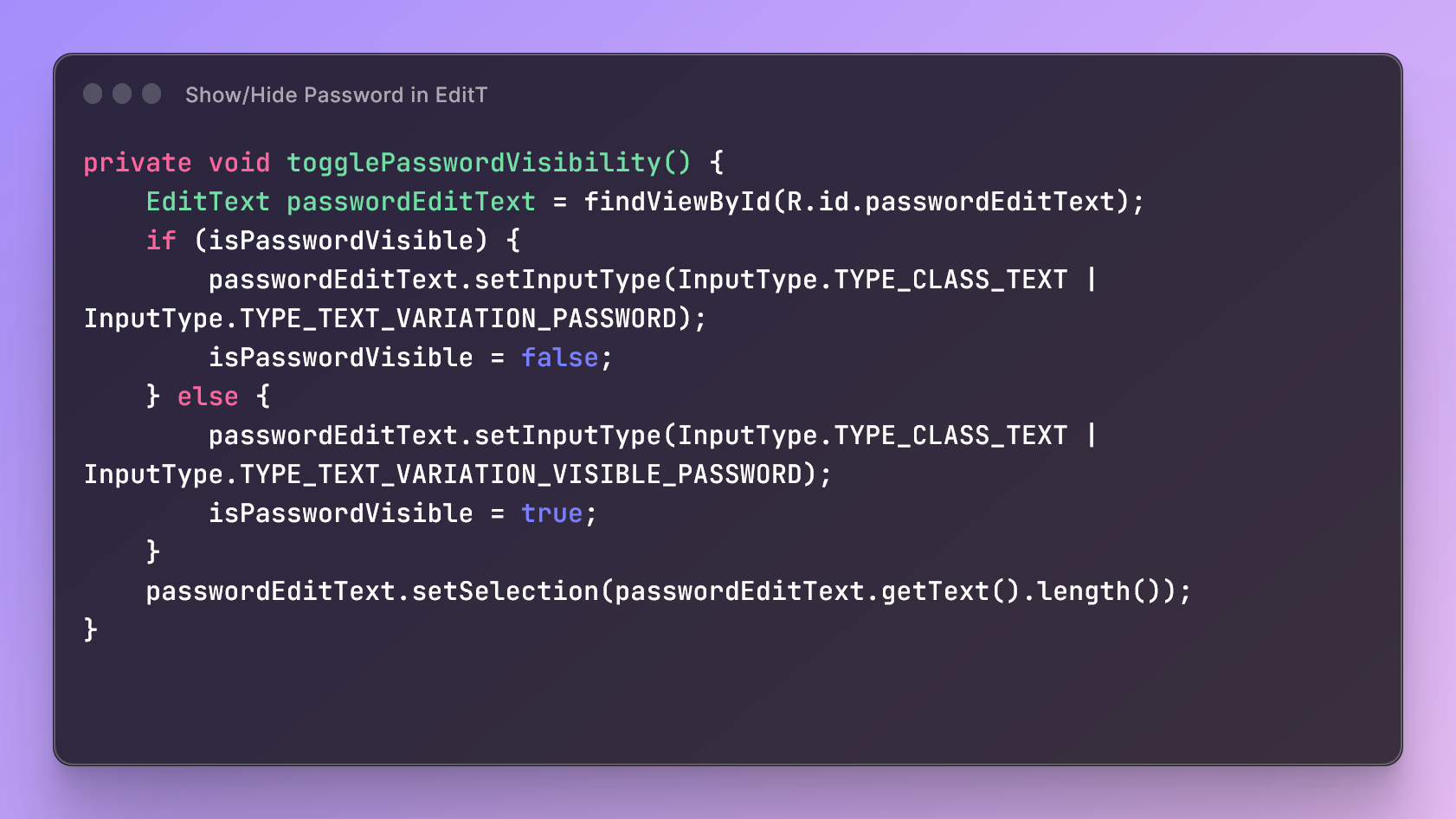
Validate Nested Objects Using Class Validator
NestJS provides a powerful validation feature that integrates with class-validator to validate incoming data. You can easily validate nested objects i...
